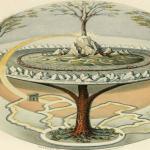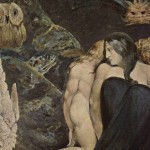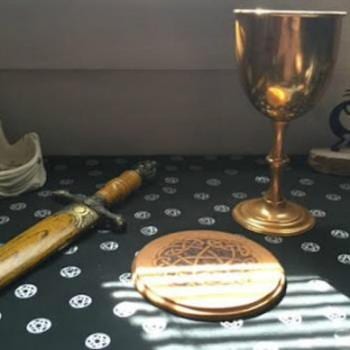If you’re someone who is merely dabbling in Witchcraft; or experimenting with Paganism–this article is not for you. However, if The Craft is the heartbeat of your spiritual life, and you have a personal, intimate relationship with your Deity, then you are someone I want to address.
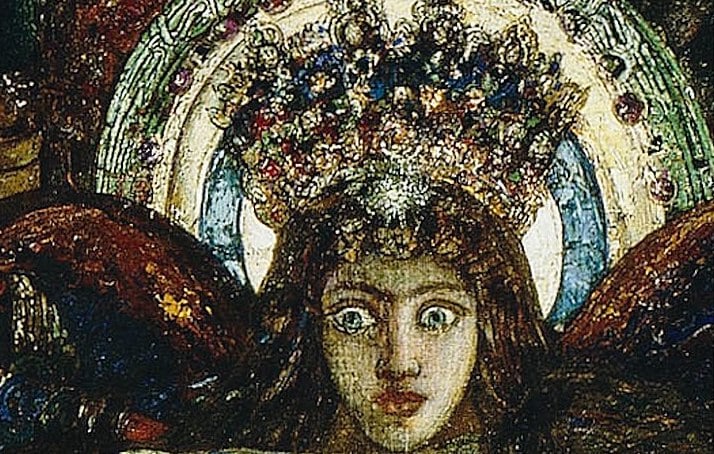
You see, my Goddess is being inaccurately portrayed, lately…and She’s pissed about it. When I swore to be a servant to Hekate for the rest of my life; one of my vows was to share the truth about Her. I know facts aren’t popular anymore. These days, everybody is so busy screaming about their own personal truth that they ignore the fact that they misspelled “opinion”. And opinion, however popular, does not and can not change Universal Truth. However, just because an idea is trendy, doesn’t make it right.
Origins
Hekate was not originally a Greek Goddess. I have heard two origin theories concerning my Patroness, and both of them start in Anatolia (modern day Turkey). One was that She was a deified Thracian princess who was known and loved for Her benevolence. The other is that Her worship grew out of the area inhabited by the Carians.
Unlike today, ancient people were not so arrogant as to believe that they could “own” a god or spirit. They knew that the gods spoke, to whomever, whenever, and however, they wished. So when the Greeks met and fell in love with Her, they too began to honor Her.
Appearance
My Queen was not originally depicted with having three faces. The Greeks would place poles with masks of Her face at a crossroad, each pointing in a different direction. Eventually, that would lead to the depiction of Her with three heads or three conjoined bodies. In fact, it wasn’t until the later part of the 5th century that the sculptor Alkamenes showed Her in this way. However, She continued to be shown with a single face, by other artisans for quite some time. She also was seen as a beautiful young woman, and it wasn’t until more modern times that She was imagined to be an old crone.
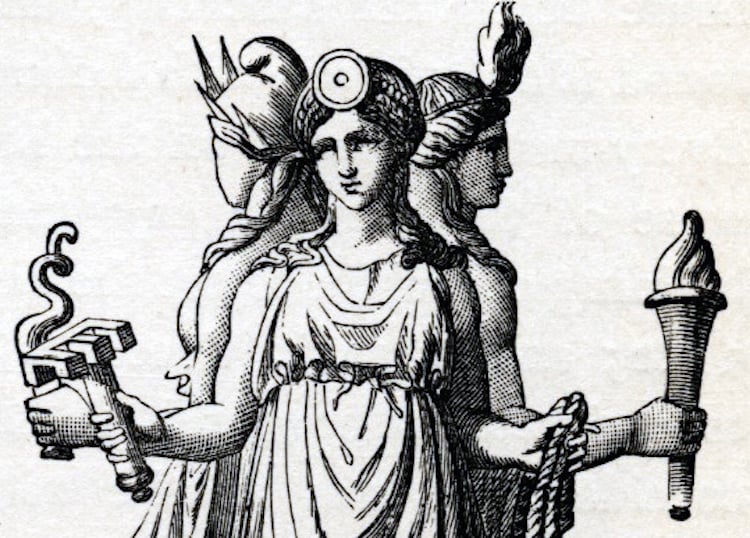
Epithets and Personality
My Patroness was known as a loving and compassionate Mother Goddess; as well as connected to fertility. One of Her epithets was Kourotrophos, or “child’s nurse”. She was known as an apotropaic (evil averting) protector and Soteira (saviour). She also insisted that Her offerings be meals left for the poor to eat.
In the 10th century Byzantine encyclopedia, The Suda, it is said: “’From her one may learn whether it is better to be rich or to go hungry. For she says that those who have and are wealthy should send her a dinner each month, but that the poor among mankind should snatch it before they put it down’ For it was customary for the rich to offer loaves and other things to Hekate each month, and for the poor to take from them”. Her image was placed at the entrance of the city gates (which is why She is called Propylaia or “before the gate”) as well as at the entrances to every home.
Goth Chic???
The nonsense of Her being the creepy goddess of dark magic…yes, I know I’ve heard them too. Sorcery, necromancy, the mysteries of the dead–She’s supposed to be the chthonic Goddess poster child. Right??? Wrong! While She is indeed the the goddess who appears the most often in the Greek Magical Papyri and curse tablets; you can trace her transformation back to the 5th century. It wasn’t until the rather late developing tale of Persephone’s abduction, that Hekate developed this chthonic reputation. After that, it wasn’t too long before, She was ascribed the powers of a sorceress.
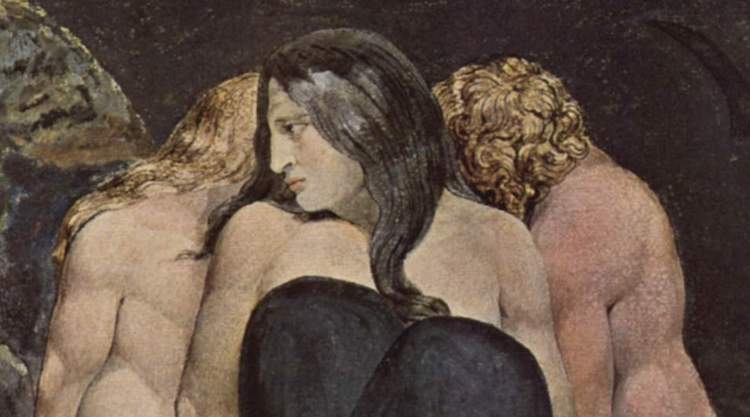
Mom’s Favorite???
Hekate does NOT give one group of people preferential treatment over another. She never did. She never will. The truth is that all people were welcome at Her rituals; and all could participate equally. This included the slaves and the free, the rich and the poor, the gay and the straight, the citizens and the foreigners, the women and the men.
Who She’s Not
My Mother may be angry right now, because Her name has been drug through the mud–but let me be clear: My Mother is NOT a Goddess of hate. She is known as Phosphoros, which means “The Light-Bringer” in Greek. She also does not hand out “entitlement cards” that allow certain individuals to have the privilege of judging other people’s hearts and souls based on their outward appearance, how they vote, where they live, or other secular and mundane issues. She is a Goddess who sees your very soul. You can’t lie to Her, you can’t hide.
What to Do If You Can’t Handle the Truth
So what do you do if you’re reading this right now, and realize that you are indeed harboring the Dark Shadows of Hate and Anger? Put down your mega phone. Step off your platform. Call your mentor, your priest or priestess. Cry. Get some therapy. Do some journaling and try to figure out where all that pain and fear came from…because fear is where hate grows. Take your time. Shadow Work is long, and hard, and painful. But I know from personal experience that it’s so worth it.



